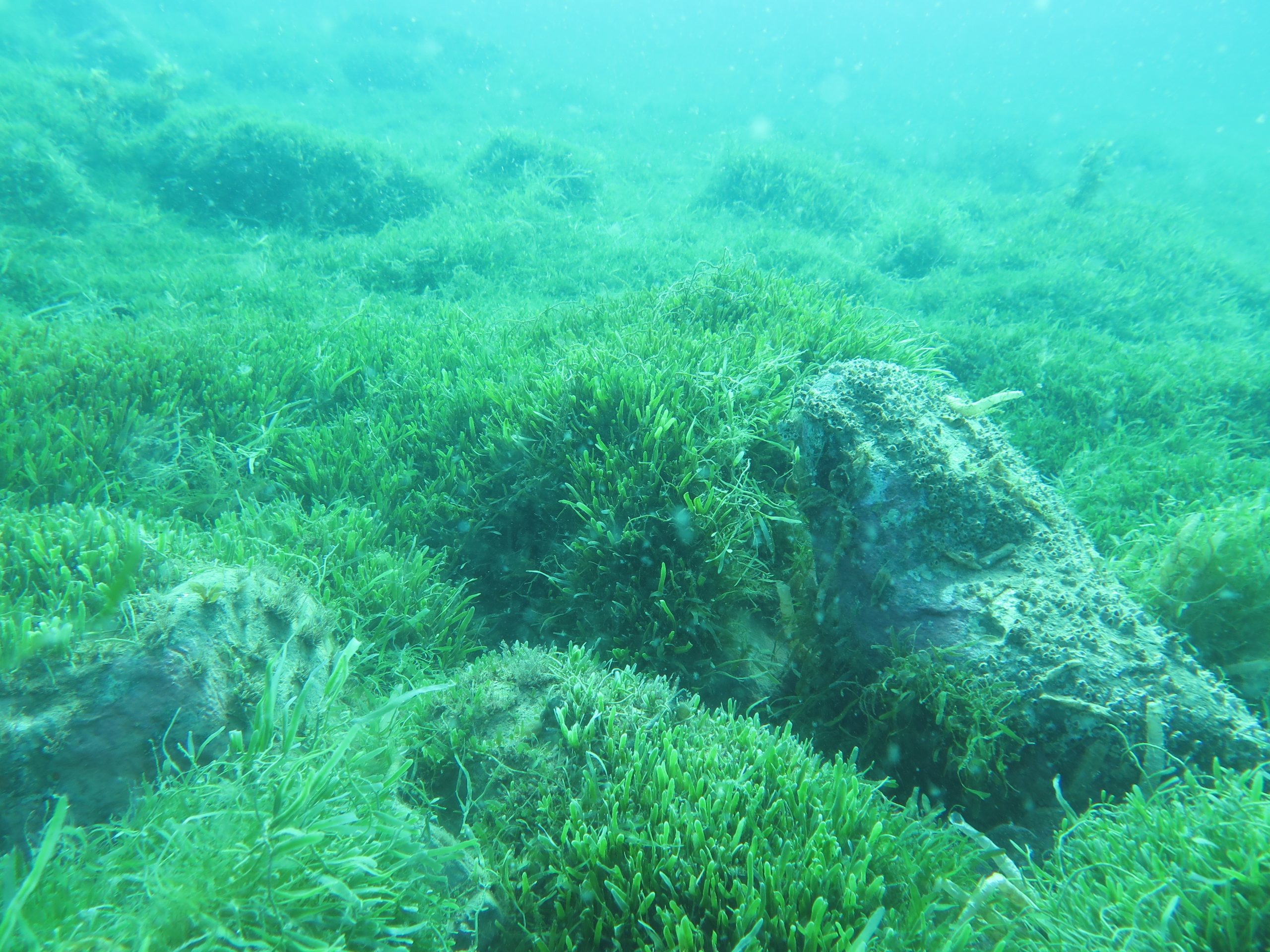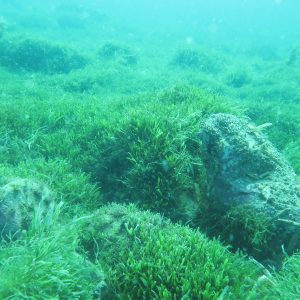What is green, suffocating sealife living on the ocean floor, and may be the reason why you can’t anchor at your favourite fishing spot.  It’s the latest biosecurity threat to our waters – invasive Caulerpa. First discovered at Aotea Great Barrier Island in 2021, it has since spread like wildfire around the east coast with official sightings in Te Rawhiti inlet, Bay of Islands, Kawau and Waiheke Islands. Caulerpas migration has no boundaries and continues to silently infiltrate our waters.
It’s the latest biosecurity threat to our waters – invasive Caulerpa. First discovered at Aotea Great Barrier Island in 2021, it has since spread like wildfire around the east coast with official sightings in Te Rawhiti inlet, Bay of Islands, Kawau and Waiheke Islands. Caulerpas migration has no boundaries and continues to silently infiltrate our waters.
The driving force behind Caulerpa’s dispersal is its ability to break off and travel with water currents and waves. This makes it extremely effective at spreading quickly along our coastline.
Caulerpa eventually settles on the seafloor, posing a danger to benthic sea life in the warmer parts of New Zealand, in waters 40m or less, and is toxic to many fish and critters. This raises an alarming question: what will happen to fish relying on the seafloor ecosystem for their food if it is smothered by an invasive seaweed?
Trials are underway using various methods to eliminate Caulerpa. Suction dredging vacuums up Caulerpa for later disposal on land. While this method shows promise, it’s not the complete solution.
Multiple suction dredging sessions are required, raising concerns around seabed and sediment disturbance. However, the urgency of Caulerpa’s eradication and its detrimental impacts outweighs these concerns.
But, how are we supposed to get on top of the Caulerpa invasion while bottom trawling and Danish seining continues? These destructive, bottom impact methods are prime vectors for spreading Caulerpa.
While we wait for a bold decision from the Minister to ban destructive trawling from our waters, we need to take responsibility in helping to stop the spread of Caulerpa.
If you’re out on the boat this summer it is vital you respect any Controlled Area Notices (CAN) or rāhui to prevent further spread of Caulerpa. CANs restrict fishing and anchoring, In October they were applied to areas of Aotea Great Barrier Island, Ahuahu Great Mercury Island, and Te Rāwhiti Inlet. And, if you’re around Waiheke Island, please respect the rāhui laid by Ngāti Pāoa which prohibits anchoring, fishing or diving within Thompson’s Point and Onetangi Bay.
The best thing you can do this summer if you see Caulerpa is to remove it immediately from the water and take it home with you. Who knows, it could make great fertiliser.




